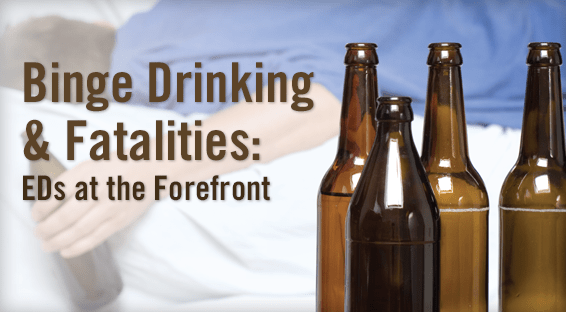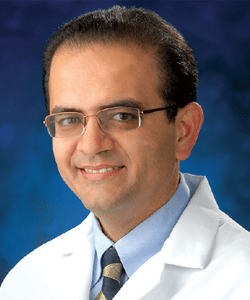Substantial progress has been made over the last 20 years in the United States to curb drinking and driving among teenagers. Since 1991, there has been about a 54% decrease in the prevalence of drinking and driving among high school students aged 16 and older. However, about 10% of adolescents in this age range report that they have driven after consuming an alcoholic beverage (Figure 1). Although progress has been made, the overall prevalence of drinking and driving still affects about 950,000 high school students, killing more than 800 each year.
National data have illustrated significant differences in drinking and driving among genders, races, ages, and patterns of binge drinking. Male students are more likely than female students to drink and drive. Hispanics have the highest prevalence of drinking and driving when compared with Caucasians and African Americans. Drinking and driving rates increase with age throughout the teenage years. These rates are more than three times higher among students who report binge drinking when compared with those reporting they use alcohol but do not binge drink. The prevalence of drinking and driving per state also varies significantly, ranging from a low of about 5% in Utah to a high of nearly 15% in North Dakota (Figure 2).
Making Efforts: Alcohol Screening & Intervention
To reduce the prevalence of alcohol-related injuries, the CDC has worked with EDs and trauma centers to implement alcohol screening and brief intervention (SBI) programs. “Currently, major trauma centers are required by the American College of Surgeons to use SBI programs to screen all incoming patients for alcohol use in an effort to identify risky drinking behaviors and provide intervention for them on-site,” says Shahram Lotfipour, MD, MPH. Research on SBI has been promising. Studies show that for each dollar invested in SBI, there has been a four-fold return in reduced overall healthcare costs. In addition, SBI has helped significantly decrease drinks consumed per week and binge drinking episodes. It has also reduced readmission rates to trauma centers, EDs, and hospitals.
“The ED gives clinicians a chance to screen and educate patients about alcohol abuse by initiating a ‘teachable moment,’” Dr. Lotfipour says. This creates a window of opportunity to intervene by using alcohol SBI. However, policies that support these measures have been poorly followed or enforced or not implemented throughout the U.S. More research on SBI use in adolescents is necessary. Many studies focus on older adolescents and miss younger teens who engage in alcohol use. Future research must also address developmental and demographic differences in various patient populations.
EDs to the Rescue
Throughout the country, local law enforcement groups have established special task forces against drinking and driving. They perform random checkpoints, conduct media campaigns, implement zero tolerance laws, and create outreach events that target adolescents. “Emergency physicians who witness these events every day must shoulder some of the responsibility to prevent these occurrences,” says Dr. Lotfipour. “We should be serving as public health advocates, community leaders, and educators, and encourage our colleagues, residents, and medical students to do the same. Collaborating with local law enforcement agencies and policy makers to reduce underage access to alcohol is also paramount.”
According to Dr. Lotfipour, emergency physicians could promote public health awareness and education by finding ways to help inform adolescents and parents on the facts of fatalities and binge drinking among high school students. For example, clinicians and nurses have worked closely with medical students in the University of California, Irvine Emergency Medicine Interest Group. These students work with residents and faculty to increase involvement with local high schools and community leaders in DUI awareness campaigns. “Emergency medicine faculty, nurses, and medical students can take a major role in illustrating the dangers of drinking and driving by presenting real-life scenarios and photographs of DUI victims who have been treated in the ED,” Dr. Lotfipour says. “The hope is that it will invoke vivid emotional memories that will deter them from drinking and driving. This is just one of many ways that emergency physicians can make a long-lasting impact on the local community.”
Many alcohol-related injuries are first encountered in EDs and trauma centers, putting emergency physicians at the forefront of implementing efforts to minimize drinking and driving among teens. “Policy implementation and research are important, but it’s equally vital to educate healthcare providers in all EDs and trauma centers on SBI programs and prevention strategies,” says Dr. Lotfipour. “We need to transition interventions like SBI programs to a younger population. As physicians, we have an important responsibility to help adolescents grow up to fulfill their potential.”



 TimH
TimH